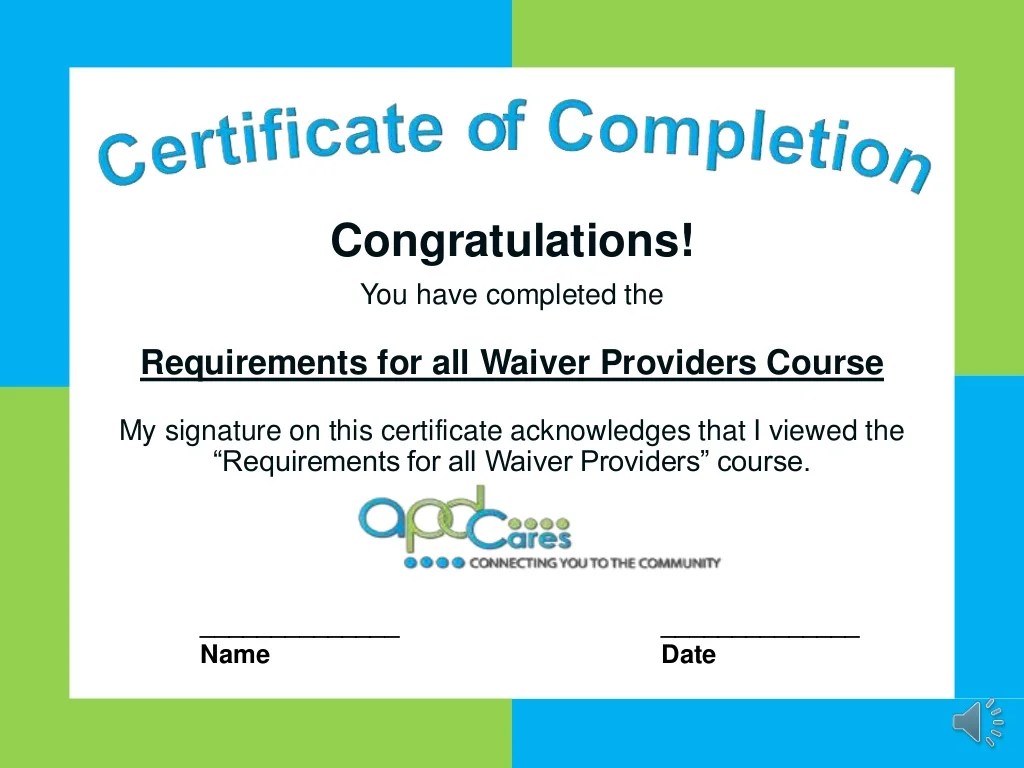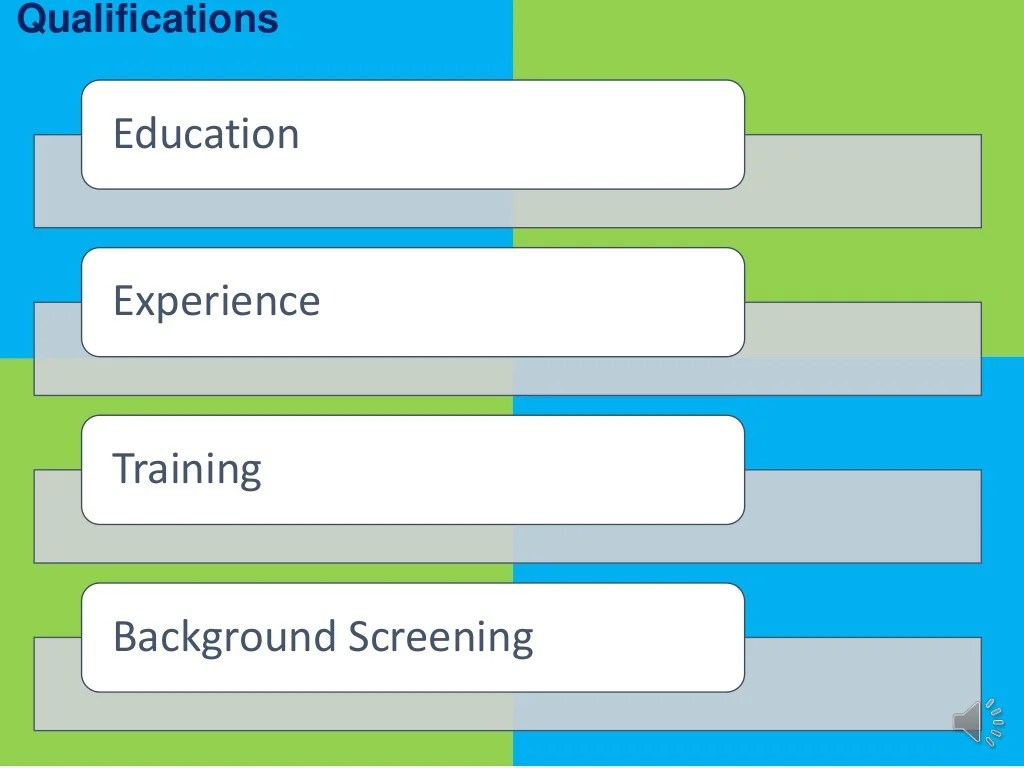Apd requirements for all waiver providers assessment answers – As APD requirements for all waiver providers take center stage, this exploration delves into the significance of these mandates, providing an overview of key requirements and their importance in ensuring quality care. By examining assessment methods, challenges, best practices, and continuous improvement strategies, this comprehensive analysis equips readers with the knowledge to effectively navigate the complexities of APD compliance.
APD Requirements for All Waiver Providers Assessment Answers

The Assessment of Performance Domains (APD) requirements play a crucial role in ensuring the quality of care provided by waiver providers. Adhering to these requirements is essential for waiver providers to demonstrate their commitment to providing safe, effective, and person-centered services.
Key APD requirements for waiver providers include:
- Person-centered planning and service delivery
- Comprehensive assessments and individualized care plans
- Effective service coordination and transitions
- Quality assurance and performance improvement
- Fiscal accountability and transparency
Meeting APD requirements is not only a regulatory obligation but also a moral imperative for waiver providers. By adhering to these requirements, providers can ensure that individuals receiving services have access to high-quality care that meets their unique needs and promotes their well-being.
Assessment Methods and Procedures
Waiver providers are assessed using a variety of methods, including:
- Surveys:Questionnaires and interviews conducted with individuals receiving services, their families, and staff
- Chart reviews:Examination of medical records and other documentation to assess the quality of care provided
- Observations:Direct observation of service delivery to evaluate provider practices and interactions with individuals receiving services
- Focus groups:Group discussions with stakeholders to gather feedback and insights on service quality
Assessment procedures typically involve data collection, analysis, and reporting. Data is collected through various methods, such as surveys, interviews, and observations. The data is then analyzed to identify strengths, weaknesses, and areas for improvement. Assessment reports are typically shared with waiver providers and other relevant stakeholders.
Common Challenges in Meeting APD Requirements
Waiver providers often face challenges in meeting APD requirements, including:
- Resource constraints:Limited funding and staffing can make it difficult for providers to meet all APD requirements
- Lack of training:Staff may not have the necessary training to effectively implement APD requirements
- Time constraints:The time required to conduct assessments and meet documentation requirements can be a challenge for busy providers
- Complexity of regulations:The complexity of APD requirements can make it difficult for providers to understand and implement them
Overcoming these challenges requires a collaborative effort between waiver providers, regulatory agencies, and other stakeholders. Solutions may include providing additional funding and training, simplifying regulations, and developing tools and resources to support providers.
Best Practices for Assessment and Improvement, Apd requirements for all waiver providers assessment answers
Effective assessment of waiver providers involves:
- Using a variety of assessment methods:Combining different methods provides a more comprehensive evaluation of service quality
- Involving individuals receiving services and their families:Their perspectives are essential for assessing the effectiveness of services
- Using data to identify areas for improvement:Data analysis helps providers pinpoint specific areas where they can enhance service quality
- Developing and implementing improvement plans:Based on assessment findings, providers should develop and implement plans to address identified areas for improvement
Continuous monitoring and evaluation are essential for ensuring ongoing improvement. Providers should regularly review assessment results and make adjustments to their services as needed.
Reporting and Communication of Assessment Results
Assessment results are typically reported to regulatory agencies, individuals receiving services, and their families. Reporting should be clear, concise, and timely.
Effective communication of assessment results involves:
- Using plain language:Assessment reports should be written in language that is easily understood by all stakeholders
- Providing context and explanations:Reports should provide context for the assessment findings and explain any recommendations
- Seeking feedback:Providers should seek feedback from stakeholders on the assessment process and results
Clear and effective communication of assessment results is essential for informing decision-making and policy development.
Continuous Quality Improvement
Continuous quality improvement (CQI) is an ongoing process of evaluating and improving service quality. For waiver providers, CQI involves:
- Regularly collecting and analyzing data:Data is used to identify areas for improvement and track progress over time
- Developing and implementing improvement initiatives:Based on data analysis, providers implement initiatives to address identified areas for improvement
- Evaluating the effectiveness of improvement initiatives:Providers evaluate the effectiveness of their improvement initiatives and make adjustments as needed
CQI is essential for ensuring that waiver providers are continuously improving the quality of their services and meeting the needs of individuals receiving services.
Quick FAQs
What are the key APD requirements for waiver providers?
Key requirements include ensuring qualified staff, providing individualized care plans, maintaining accurate records, and adhering to ethical and legal standards.
How are assessments conducted for waiver providers?
Assessments involve data collection through interviews, observations, and document reviews to evaluate compliance with APD requirements and the quality of care provided.
What are common challenges faced by waiver providers in meeting APD requirements?
Challenges include resource constraints, staff turnover, and difficulties in accessing training and support.
How can waiver providers overcome challenges in meeting APD requirements?
Overcoming challenges requires collaboration, resource allocation, and ongoing staff training to enhance compliance and improve care.
What is the role of continuous quality improvement in APD compliance?
Continuous quality improvement involves ongoing monitoring, evaluation, and improvement efforts to ensure ongoing compliance with APD requirements and enhance the quality of care.


